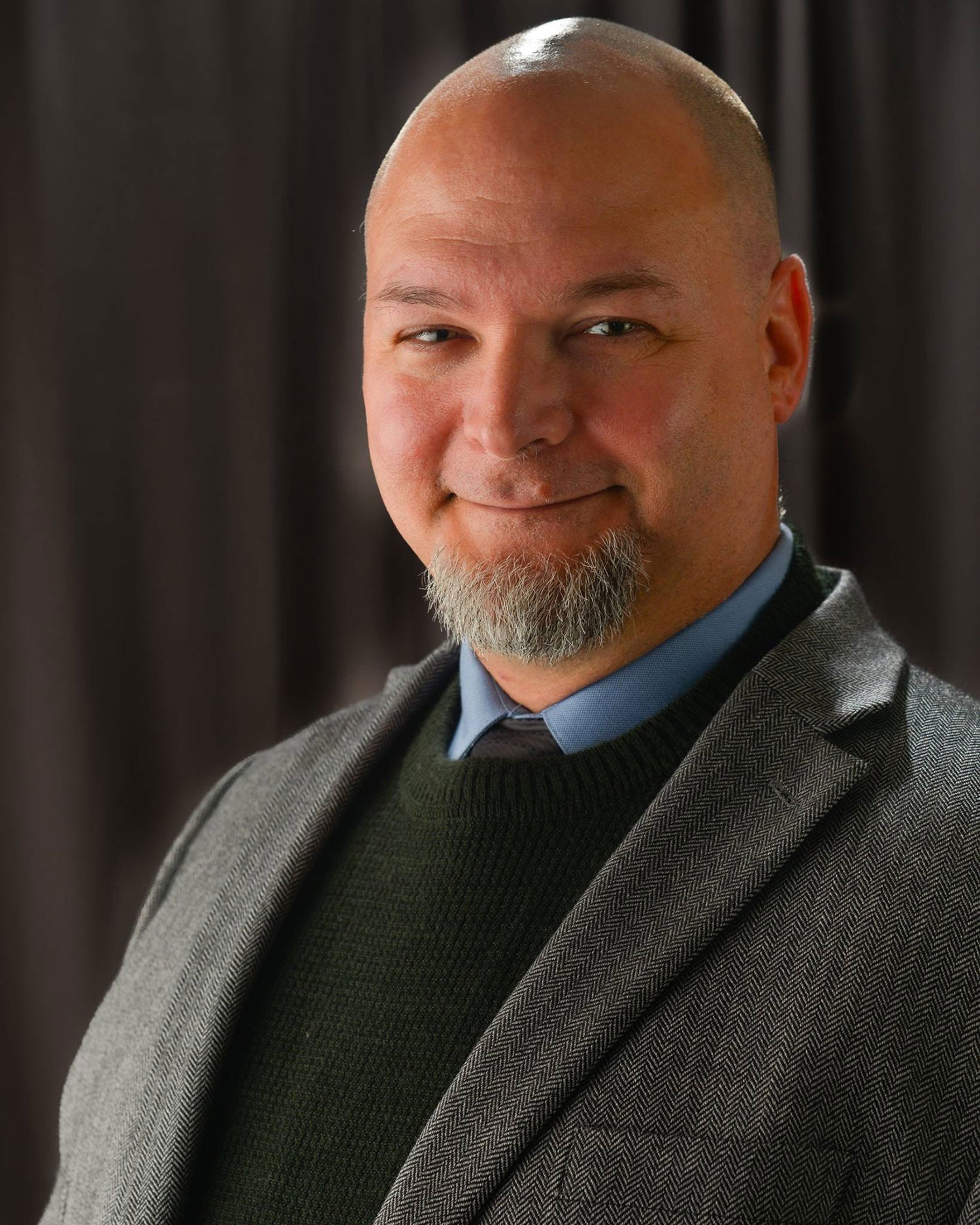Social Disparities in Radiation Therapy
By John Hillson, RN, BSN, OCN®

Global radiation oncology research has seen an increased commitment to addressing disparities in the world and at home. The more radiation oncology proves and improves itself as a therapeutic modality, the more we are faced with the reality that the odds for survival are related to geography, poverty, education, and race.
In 2011, 70% of radiation therapy facilities (https://ncdalliance.org/resources/closing-the-cancer-divide-a-blueprint-to-expand-access-in-low-and-middle-income-countries-by-the-global-task-force-on-expanded-access-to-cancer-care) were located in high-income countries and 30 countries in the world had no radiation therapy facilities at all. Patients requiring radiation therapy closer to home also face significant barriers. Cancer statistics in general show many disparities related to race and ethnicity (https://doi.org/10.1016/j.adro.2017.12.003). African American patients have the highest cancer incidence and mortality and the shortest survival (https://doi.org/10.1016/j.andro.2017.07.002) of any studied group. American Indians and Alaskan Natives have a higher likelihood (https://doi.org/10.1016/j.adro.2017.08.010) of presenting with advanced stages of cancer and the worst cancer-specific survival rates in the United States.
Studies found that racial and ethnic minorities and well as patients in rural areas (https://doi.org/10.106/j.adro.2018.08.001) have diminished access to radiation therapy. In addition, significant multidimensional barriers to screening often lead to more advanced-stage diagnoses and more involved therapy. Often the barriers are socioeconomic (https://doi.org/10.1016/j.adro.2017.12.003) but commonly exacerbated by geographic isolation, poverty, lower education levels, language barriers, and access to quality care.
For patients in radiation oncology, poverty and financial toxicity (https://doi.org/10.1634/theoncologist.2012-0279) can necessitate going to work instead of getting treatment, or create problems with transportation to therapy. It can mean less money for symptom-ameliorating medications, to spend on adapting the diet to new challenges, and or for new skin care products. Managing other comorbidities can become more challenging and expensive. Higher income has been associated (https://doi.org/10.7717/peerj.5591) with better survival after radiation therapy.
Vulnerability can go beyond financial. Structural vulnerability (SV) in patients with head and neck cancer, defined as a patient’s risk for adverse health outcomes related to socioeconomic status, as well as institutional and cultural factors that affect compliance and access to treatment. Patients with SV were 3.4 times more likely (https://doi.org/10.1016/j.ijrobp.2018.06.079) to miss coming in for radiation therapy compared those not facing such challenges. This decreases patients’ overall chances of a cure: delays in treatment and an extended course of treatment (patients missing fractions that are then added on to the end of therapy) are all associated with worse overall survival (https://doi.org/10.1001/jamaoto.2018.2716).
As frontline caregivers, nurses have a role in the expanded vision of radiation oncology. A strong therapeutic relationship and open communication with patients is essential for identifying the challenges our patients face outside their diagnosis and approaching them together. Coordinating efforts with the whole multidisciplinary team, including social workers and financial care counselors, can lead to better outcomes for patients.
The author thanks Fumiko Chino, MD, and Gita Suneja, MD, for their feedback during writing.
